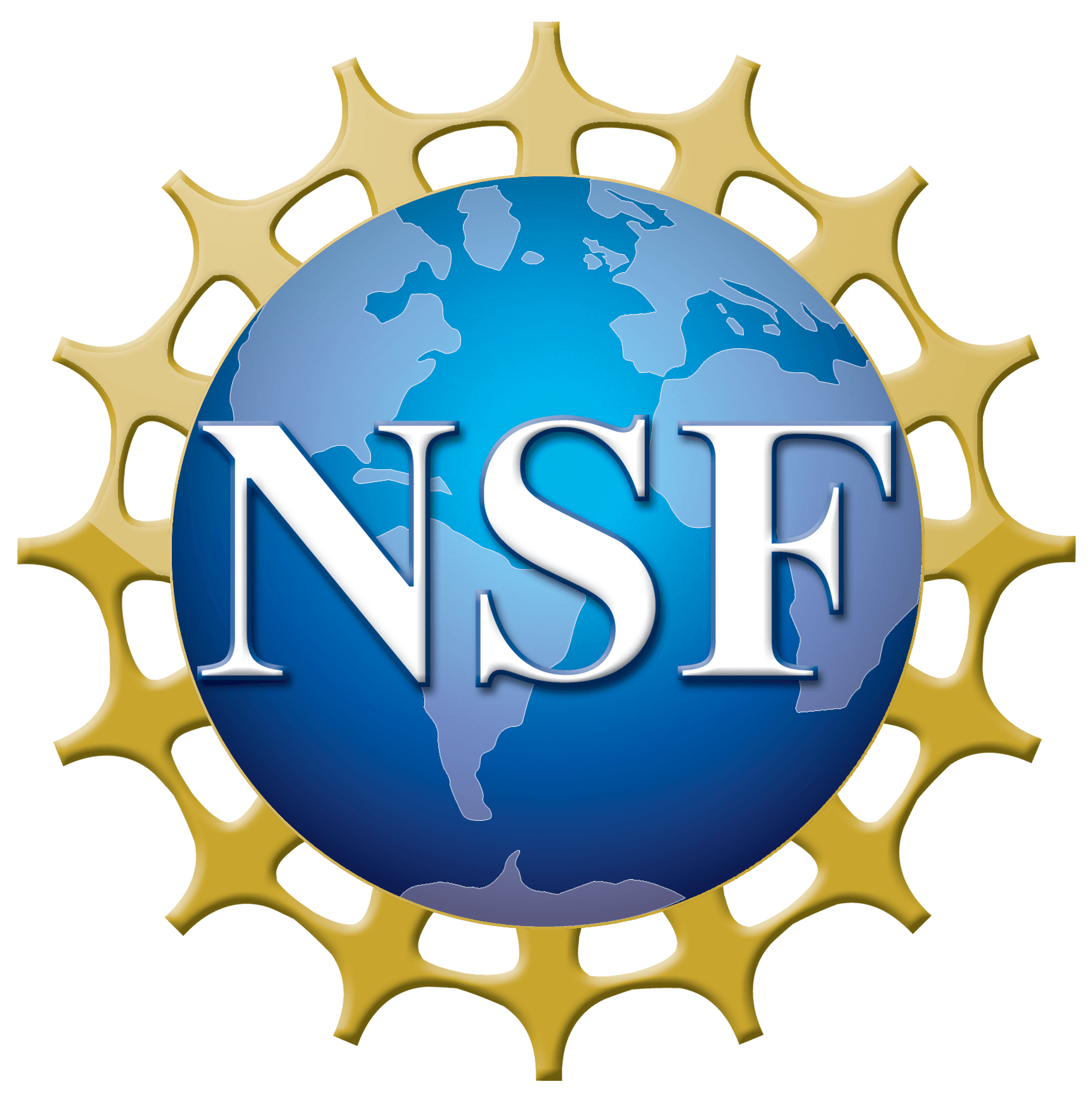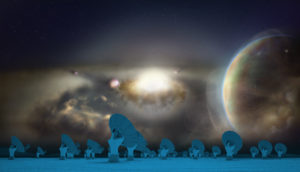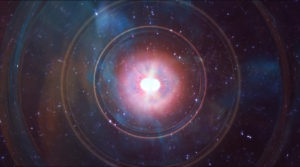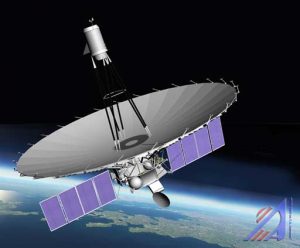The National Science Foundation (NSF) has awarded an additional $4M to the National Radio Astronomy Observatory (NRAO) and Associated…
New Method May Resolve Difficulty in Measuring Universe’s Expansion
Radio telescope observations have made it possible for astronomers to use mergers of neutron-star pairs as a valuable new tool for measuring the Universe’s expansion.
Dosvedanya and Farewell, RadioAstron
On May 30, 2019, the Russian RadioAstron satellite — the farthest element of an Earth-to-space radio-telescope system — ended its service.
The Giant In Our Backyard
For decades astronomers have dreamed of seeing a black hole. That dream may soon become a reality.
Tale As Old As Time
Using data from ALMA, a team of astronomers studied the growth and evolution of bubbles of hot plasma produced by active quasar HE 0515-4414. The bubble was analyzed by observing its effect on light from the cosmic microwave background. It is the first time this method was used to study quasar dynamics.
VLBA Returning to NRAO, Getting Technical Upgrade
After two years as an independent facility, the VLBA once again is part of the NRAO, and will get a significant technical upgrade.











